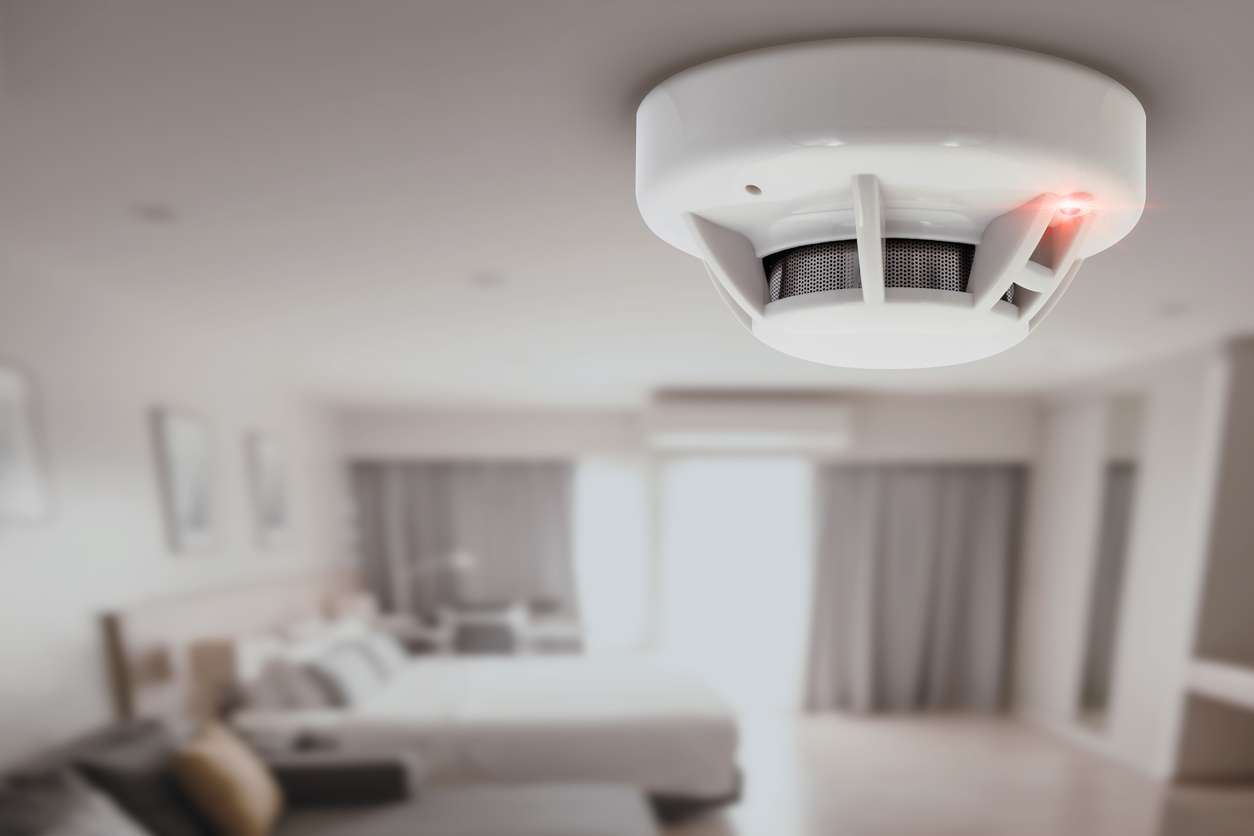The threat of a home fire is greater than most people think. In fact, 40% of people believe they are more likely to win the lottery or get struck by lightning than experience a home fire, yet residential fires are the most common disaster people face in the United States, according to the American Red Cross.
Here’s how to help prevent fires, and how to prepare for the worst:
Be Informed: The National Fire Protection Association reports that 60% of home fires are due to human error. It’s important to realize that humans are flawed. We forget things, we mess up, and we’re often distracted. Accepting the fact that a house fire is a real possibility is an important step in the right direction. There are simple actions you can take to help prevent accidents. For starters, cooking is the leading cause of house fires. Never leave cooking unattended. Keep the cooking area free of flammable items such as potholders, towels and packaging, and always maintain a 3-foot safety zone free of pets and kids.
Update Your Smoke Detection Devices: While taking safety precautions is critical, having the latest fire safety technology can provide an extra layer of detection. Pioneers in the home safety field are providing new solutions that give homeowners more control over their safety, and like many technologies, today’s smoke and carbon monoxide detectors have come a long way. Statistics show that people have less than two minutes to safely escape a house fire, so every second counts.
Tech expert Marc Saltzman explains, “This technology is revolutionary because it features enhanced sensing technology to reduce nuisance alarms.”
“Nuisance alarms,” also known as false alarms, refer to when smoke alarms beep but there is no threat of fire. They are often caused by cooking activities and lead many consumers to disconnect their devices out of frustration. Upgrading your safety devices means your alarms are more likely to remain installed, so both you and your home can be as safe as possible. Once you have your new detectors, be sure to install them on every level of your home, in hallways, and both inside and outside every sleeping area.
Be Prepared: A working smoke alarm can double the chance of escaping from a home fire safely, but that’s just the first line of defense. It’s also important to create a home fire escape plan. Kidde’s fire safety toolkit is a great resource to help families prepare for a fire emergency.
While many people assume that a fire can’t happen to them, the truth is that everyone makes mistakes. Having the right life-saving tools can help protect you and your family.
By: StatePoint








